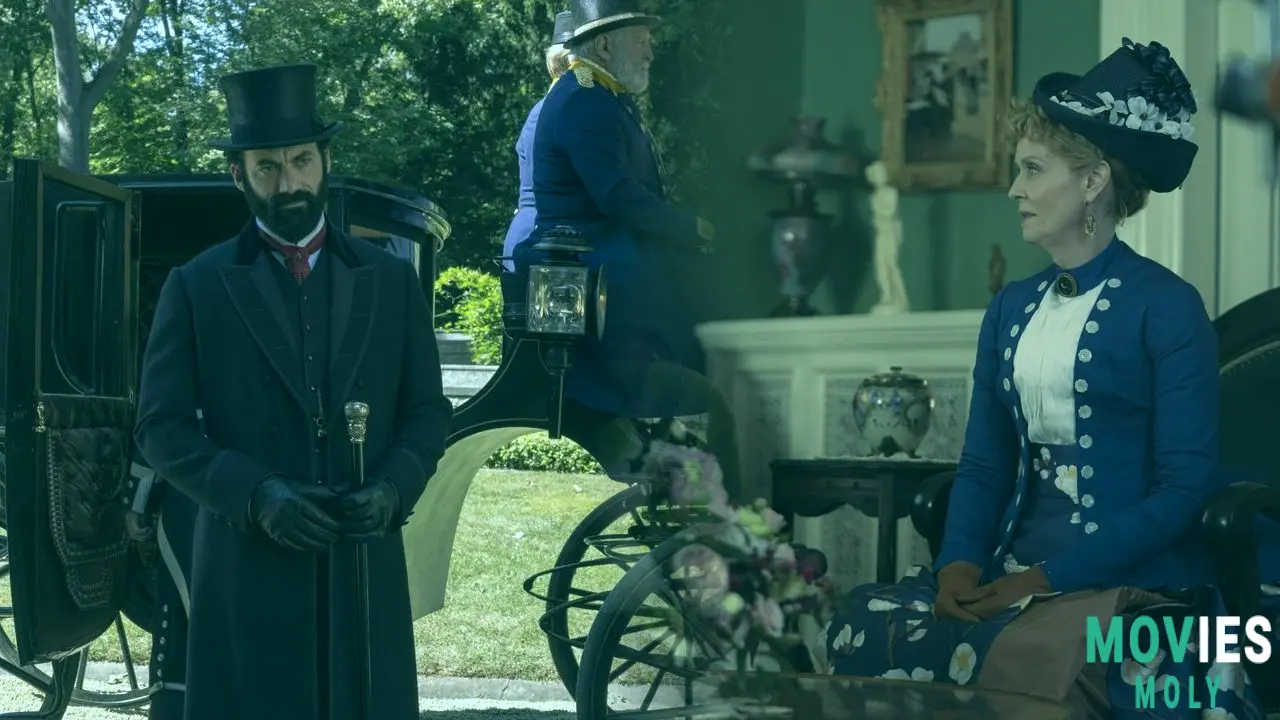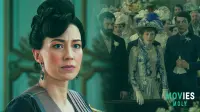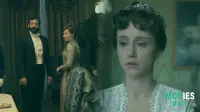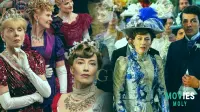The third season of The Gilded Age came to a spectacular climax, leaving viewers surprised by a significant cliffhanger. Following a surprise shooting, George Russell's destiny hangs in the balance, raising concerns about the Russell family's and the series' future. This season expanded on the show's solid basis, delving into the complicated social dynamics of 1880s New York through comprehensive storytelling and significant character development.
Julian Fellowes' historical drama has progressively grown in popularity, with the third season setting new viewership records. The show's ability to combine historical truth with fascinating personal stories has struck a chord with viewers. As the dust settles from the season's climax events, viewers are ready to learn what happens next for their favorite characters and the world they inhabit.
The Gilded Age: Season 3 Episode Guide and SummariesSeason 3 of The Gilded Age featured eight riveting episodes, each advancing the convoluted intrigues of New York's old and new money elites. From social confrontations to personal hardships, the season featured pivotal moments for each important character.
Episode 1: "Who's in charge here?" Recap
The season began with Bertha Russell continuing her persistent campaign for social domination, hoping to gain a place among the established elite. George Russell supported her objectives while dealing with new commercial obstacles. Marian Brook handled her changing role within the Van Rhijn household, while Peggy Scott followed her journalistic career with newfound zeal, encountering new challenges and opportunities.
Recap for Episode 2: "What the Papers Say"
Bertha's social tactics caused waves, resulting in both triumphs and setbacks. George was under increasing pressure from competitors in his railroad activities. Peggy's work received recognition, but it also exposed her to uncomfortable facts about society. Oscar Van Rhijn continued to pursue financial security and personal satisfaction, sometimes arguing with his mother, Agnes.
Episode 3 Recap: "Love Is Never Easy"
Romantic connections gained center stage. Marian found herself in a complex scenario involving her emotions and expectations. Larry Russell's professional life as an architect progressed, but his personal decisions caused conflict. The program examined the problems of love and society expectations during the Gilded Age, demonstrating how personal aspirations frequently clashed with public obligations.
Episode 4 Recap: "Marriage Is a Gamble"
The idea of marriage as a strategic relationship was prevalent. Bertha's intentions for Gladys' future sparked friction in the Russell household. Oscar's financial plans sent him down a dangerous path. The story underscored the enormous stakes of marital unions for the era's elite, who frequently prioritized status and fortune over love.
Recap for Episode 5: "A Different World"
Characters explored areas outside of their regular social networks. Larry Russell escorted Jack Trotter to a more bohemian portion of New York, giving him a view into a different type of social environment. Peggy Scott's career journey expanded her horizons, exposing her to new ideas and people. The episode depicted two very different worlds coexisting in New York.
Episode 6: "If You Want to Cook an Omelette"
Major decisions were taken, frequently necessitating major sacrifices. Bertha pushed through her plans despite opposition, demonstrating her merciless ambition. George confronted a key point in his business affairs where he had to make difficult decisions. The episode reinforced the notion that accomplishing great things frequently necessitates breaking a few eggs.
Episode 7: "Ex-communicated" Recap
This episode set up the season's dramatic climax. George Russell's commercial conflicts escalated, resulting in deadly confrontations. Bertha's social standing underwent a serious test. The episode delves into the ramifications of previous actions and the growing tensions that had been developing throughout the season, ending in a dramatic and unexpected occurrence.
Episode 8: "My Mind Is Made Up" Finale Recap
The season finale focused on the immediate aftermath of the Episode 7 cliffhanger. The fate of George Russell remained unknown, causing intense suspense. Bertha's Newport Ball, a significant social occasion, went ahead despite the personal upheaval. Marian and Larry's love was put to the final test, with disclosures driving them apart. The finale raised a number of issues about the characters' and series' futures.
Major character arcs and developments in season three
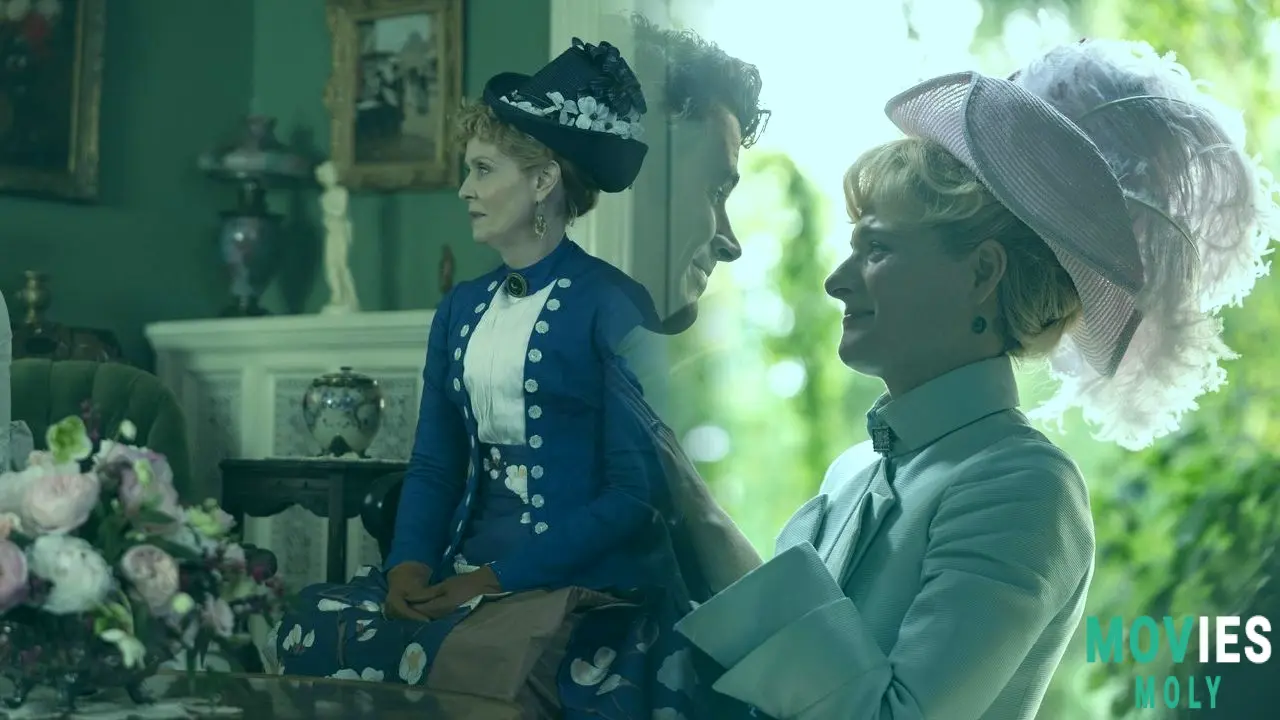
Season 3 marked major progress for many main characters, highlighting their difficulties and growth within the Gilded Age's harsh societal institutions.
What happened to George Russell after the shooting?
The most serious question following the finale is George Russell's health after the shooting. Morgan Spector, who plays George, warned that viewers "should be very worried." Spector noted that gunshot wounds in the nineteenth century were extremely deadly, and many people died as a result. He also mentioned that his contract for the next season had not yet been finalized, adding to the uncertainty. The attack on George was a disturbing turn in the story, but Spector explained that such incidents were historically true for the time period.
The incident also emphasizes George's midlife problems. Spector indicated that George believed he had achieved the pinnacle of his ambitions and was looking for new challenges, even if they were more perilous. His personal life, particularly his marriage and relationship with Gladys, was similarly disorganized, which contributed to his preoccupied mood. The combination of professional risk and emotional turmoil made him more vulnerable than normal.
Bertha Russell's Social Goals and Challenges
Bertha Russell's tireless search of social acceptance continues to shape her life. This season, her desire to marry Gladys to the Duke of Buckingham sparked a big feud with George. Bertha's emphasis on her social ambitions occasionally overshadowed her family's well-being, resulting in a breakdown in communication with George. Despite her determination, Bertha faced numerous barriers, demonstrating the limitations of entering into established society.
Marian Brook and Larry Russell’s Relationship Journey
Marian and Larry's relationship endured its most difficult test this season. Marian called off their engagement after she discovered Larry's lie about his nocturnal activities. Salli Richardson-Whitfield, the executive producer and director, intimated that for them to reunite, they would need to take a more modern approach to love and marriage. Their narrative exemplifies the struggle between traditional standards and personal wants in love relationships at the time.
Oscar Van Rhijn's Personal Struggles and Growth
Oscar's personal life took a devastating turn when his partner, John Adams, died. This episode prompted Oscar to confront the secret nature of his relationship and the societal restraints he faced as a gay man in the 1880s. Oscar's anguish and rage erupted in a stunning sequence in which he implicitly disclosed the intensity of his emotions to his family, especially Agnes and Marian. The episode depicted Oscar's transformation from a cunning guy to a more empathetic figure capable of caring for others.
Peggy Scott's Career and Romantic Development
Peggy Scott's career as a writer continued to thrive, but she still had to deal with the realities of racial prejudice in society. Her romantic life also evolved, with new opportunities and challenges appearing. Peggy's plot frequently touches on topics of race, class, and gender norms, providing a cutting commentary on the limitations and opportunities accessible to Black women during the Gilded Age.
The Gilded Age Season 3 Finale Explained: Burning Questions Answered
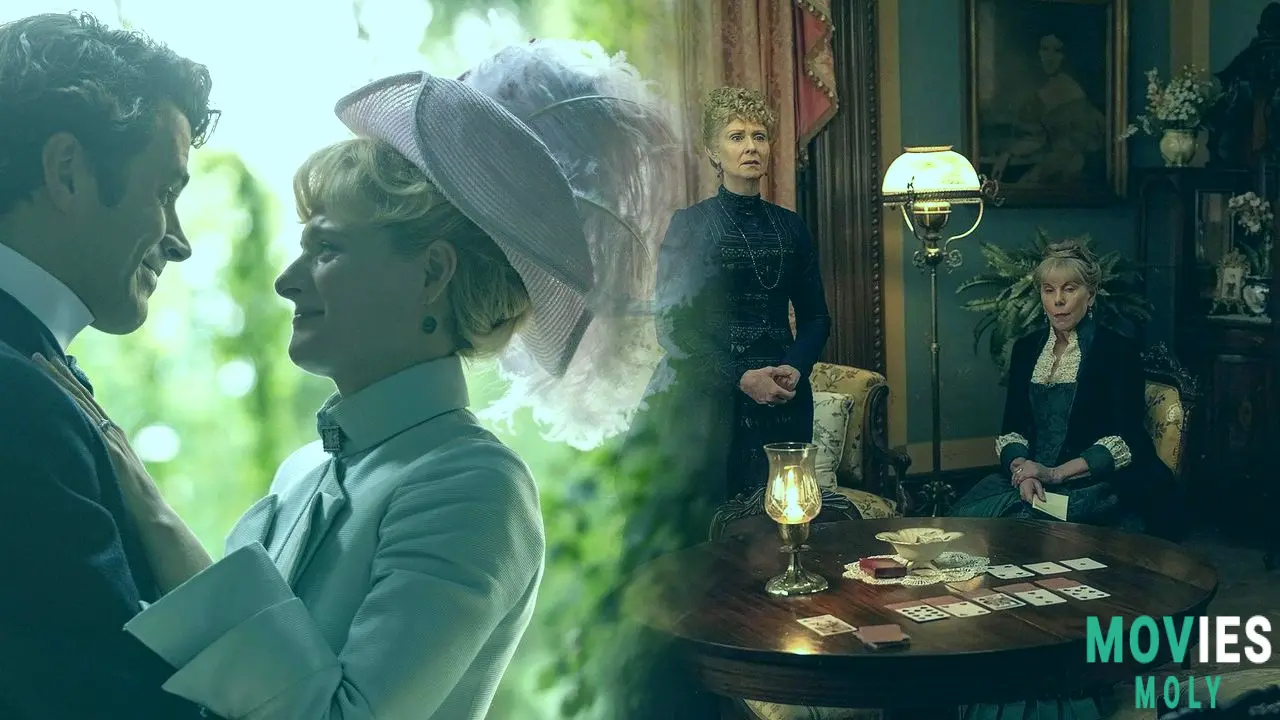
The climax left many unanswered issues, particularly about George Russell's condition. While his fate has not been verified, the immediate risk is obvious. The shooting is a striking reminder of the volatile nature of the time, when ambition and rivalry may lead to lethal consequences.
The breakdown in communication between George and Bertha was a crucial event before to the shooting. Spector mentioned that their normal nightly conversations, in which they shared their problems, had ended due to their dispute about Gladys' marriage. This lack of transparency separated George and made him more sensitive to his business problems.
What We Know About Gilded Age Season 4: Renewal, Cast, and Plot Predictions
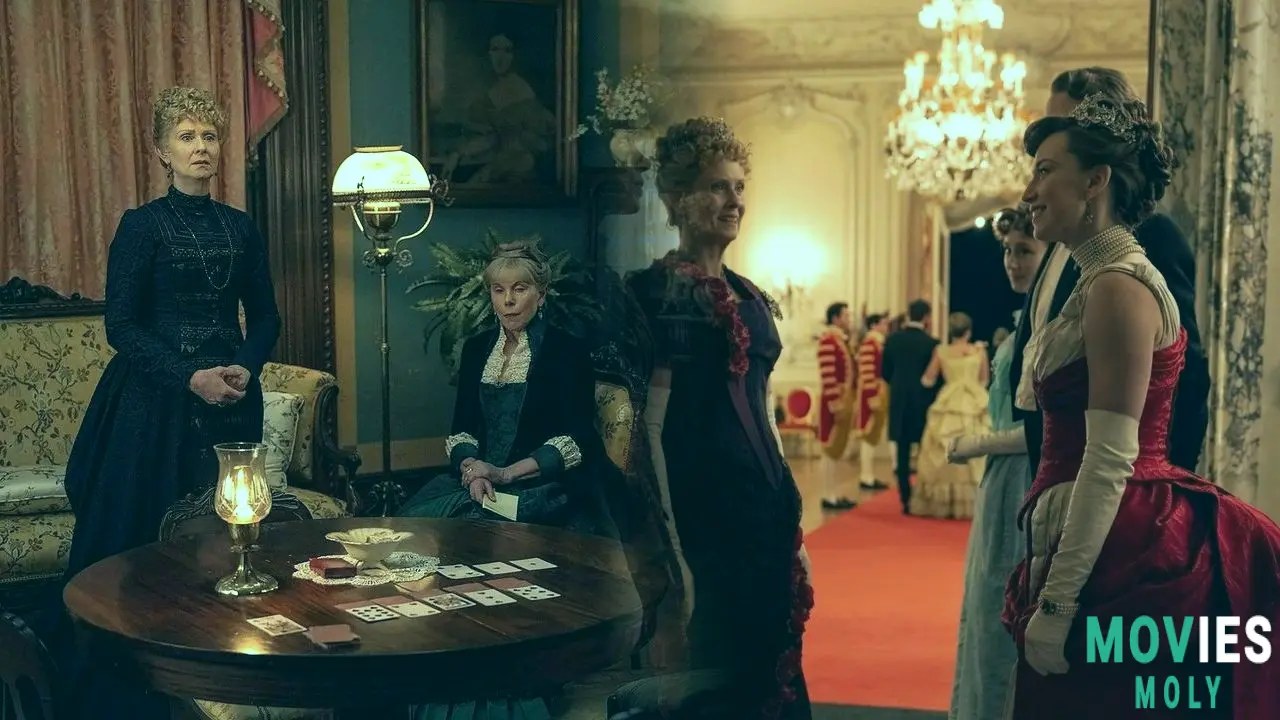
Fans can breathe a sigh of relief because The Gilded Age has been officially renewed for a fourth season. This indicates that greater drama and cultural intrigue are on the way.
The Gilded Age Season 4: Release Date and Filming Updates
While no official release date for Season 4 has been revealed, the show has generally followed a steady production schedule. Season one premiered in January 2022, Season 2 in October 2023, and Season 3 in June 2025. This trend indicates a likely comeback in 2026.
Potential Storylines and Character Returns for Season 4
The most pressing question in Season 4 is George Russell's survival. If he lives, the shooting will surely have an impact on the Russell family dynamics and George's business strategies. Bertha's social standing, particularly following the Newport Ball, will be a major focus.
Marian and Larry's relationship is anticipated to be a significant story aspect as they deal with the repercussions of their broken engagement. Oscar's journey to self-acceptance, as well as his family's response to his sadness, will be significant. Peggy Scott's job and personal life will continue to expand, with the possibility of new romantic relationships or professional prospects.
Behind the Grandeur: The Gilded Age Season 3 Production and Costumes.
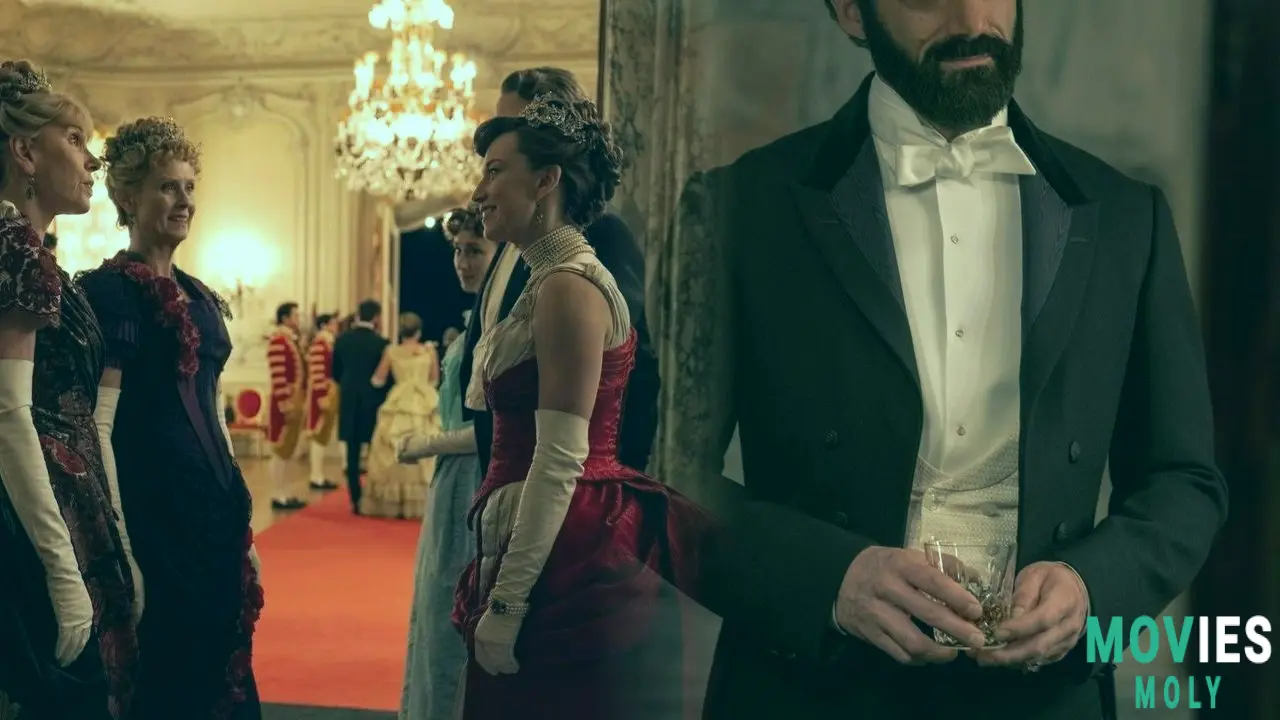
A large part of The Gilded Age's allure stems from its exquisite production design and gorgeous costumes, which meticulously reproduce the grandeur of the 1880s.
Inside the Lavish Costumes of Season 3.
The outfits in Season 3 were a visual feast, representing the stringent social standards and spectacular fashion of the time. Designers devoted special attention to historical realism, from the exquisite lacework to the complex silhouettes. Each costume emphasized a character's social status, personal style, and emotional state. Bertha Russell's costumes, for example, frequently reflected her ambition and desire for distinction.
Set design and filming locations: bringing 1880s New York to life.
The show's production design brought 1880s New York to life in stunning realism. From the magnificent Russell estate to the more subtle Van Rhijn residence, every set piece and setting was painstakingly selected or built. The use of authentic historical structures and meticulous set dressing helped to immerse viewers immediately into the period. The show's makers sought to create a huge canvas for their story, with the first season mostly dedicated to developing this intricate environment.
Historical Echoes: Real-Life Inspirations in the Gilded Age Season 3
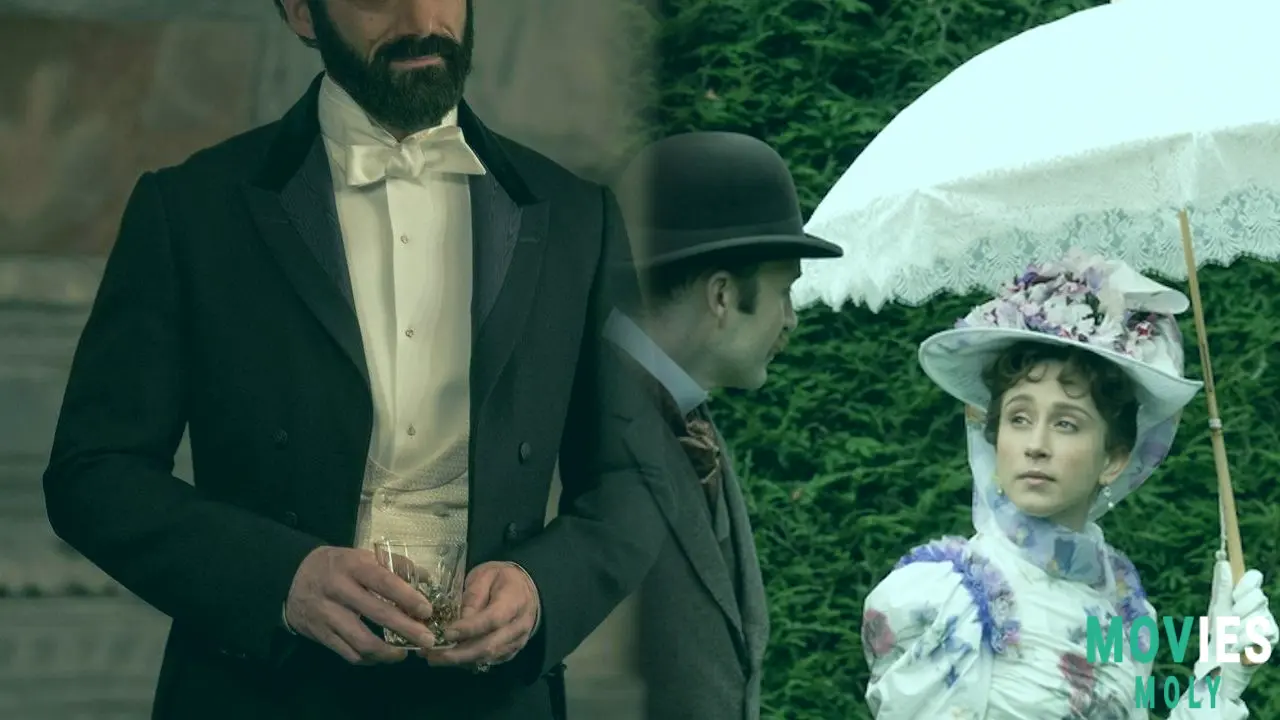
Julian Fellowes frequently incorporates real historical characters and events into the story, placing the fictional episodes in historical context.
Real-Life Figures Behind the Characters
Many of the characters in The Gilded Age are based on real-life historical figures. While not direct adaptations, personalities like George Russell can be interpreted as representing era industrialists such as J.P. Morgan and Cornelius Vanderbilt. Bertha Russell, like Alva Vanderbilt, represents ambitious "new money" women seeking to break into established society. Ward McAllister, a real social arbiter at the time, appears in the series, and his book on societal standards is mentioned.
Historical events are woven into Season 3's plot.
Season 3 included various historical events and societal forces from the late nineteenth century. The fast expansion of railroads, the growing income imbalance, and the stringent social standards of the time all influenced the season's plotlines. The show also continues to highlight problems of race and LGBTQ+ rights, mirroring the realities experienced by people like Peggy Scott and Oscar Van Rhijn at the time.
Fan Theories: What's Next for Russell and Van Rhijns?The tragic conclusion to Season 3 has sparked various fan predictions about what happens next for the cherished characters.
Audience Reactions and Critical Acclaim for Season 3
Season 3 received great audience reactions and critical accolades, with many appreciating the increased drama and character development. Viewers praised the show's ability to tackle more dramatic plot points, such as George Russell's shooting, while remaining true to its characteristic flair. The season's ability to keep viewers engaged and speculating about future events speaks to its growing success.
The comparison to Julian Fellowes' other famous work, Downton Abbey, remains a frequent point of discussion. While both shows share thematic similarities in their exploration of class and societal change, The Gilded Age has carved out its own distinct identity, focusing on the rapid transformation of American society. The show's ability to create high stakes from seemingly small social gestures is a hallmark of Fellowes' writing, making these period dramas consistently engaging.

